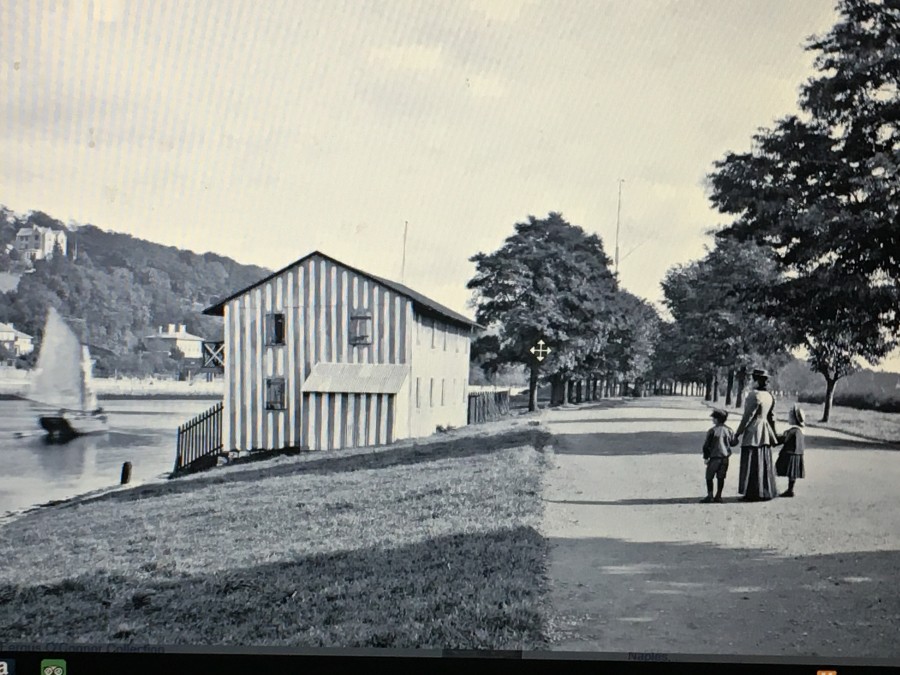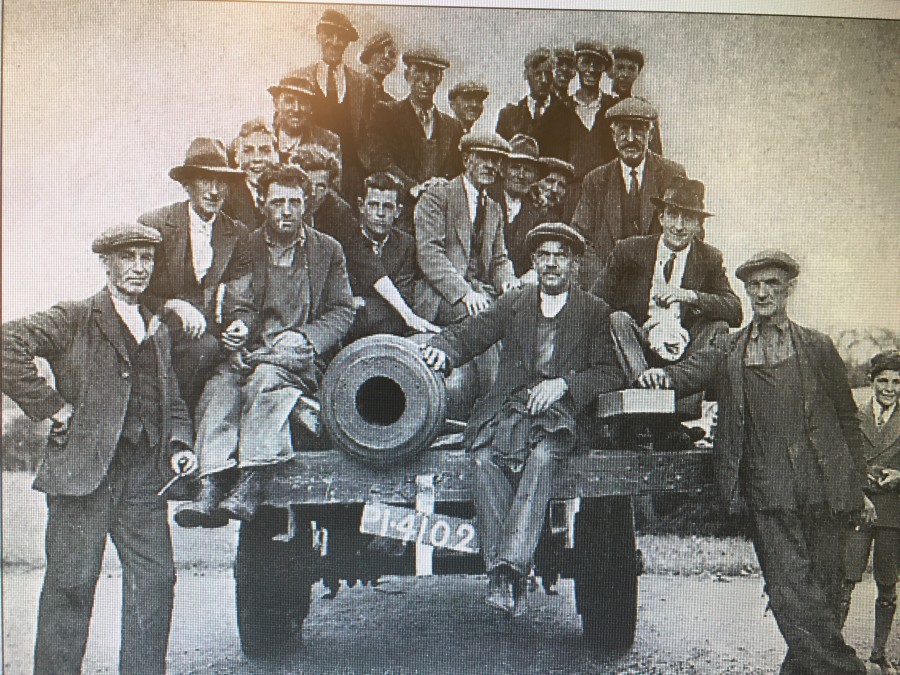Kieran’s Our City, Our Town Article,
Cork Independent, 2 June 2016
Remembering 1916, Matters of Time
The matter of time was an issue for the citizens of Cork in early summer 1916. Starting on 30 April Germany and its World War I ally Austria-Hungary were the first to use a Daylight Saving Scheme as a way to conserve coal during wartime. Britain, most of its allies, and many European neutrals soon followed suit to provide more time for agricultural activities in the evenings. Russia and a few other countries waited until the subsequent year and the United States of America implemented it in 1918.
Irish society operated on 25 minutes and 22 seconds behind Greenwich Mean Time. On 20 May 1916, Cork citizens woke up to find the new British Daylight Saving Scheme in full operation. All official clocks, at post offices and elsewhere were duly put forward as required by the new Act. All other clocks showing time to the public on the streets of Cork were similarly advanced during the night.
Irish newspapers such as the Cork Examiner and Irish Times detailed in editorials on 21 May that some of the trains were delayed. While the railway officials did their best to start trains according to the time table, they chose not to leave behind passengers who were seen rushing into the station at the last moment. These little delays, when accumulated over a line of ten or twelve stations, added up to something considerable when the train arrived at its destination.
In the city churches, Roman Catholic masses were celebrated according to the official time. An exception was, however, made at St Finbarr’s West at the Lough, on account of the number of country residents belonging to the parish, some of whom might have missed Mass if the new time was adopted. The following Sunday the masses were celebrated according to the official clock time. The licensed trade was affected by having to close an hour earlier in the evening than usual, but as against this, opened an hour earlier.
As the summer passed, the end of September 1916 meant that Great Britain had to revert to the normal time. Ireland decided, however, not to revert to the ‘old time’, but to try another change – that of adopting Greenwich Mean Time. The legislation to change this was argued for by principally the Irish port authorities and Chambers of Commerce and Shipping. It meant that for the immediate future at all events there would be no difference between English time and Irish time. Ireland made up the 25 minutes in time by simply putting back her public clocks, and her citizens their watches, not by 60 minutes but by 35 minutes on the night of 30 September 1916.
One prominent feature of the city’s interaction with time and of British imperialism was effected – the time gun on Cork’s Marina (one of many operating in British port cities). Established in 1876, as recorded in the minutes of the meetings of the Cork Harbour Commissioners, the gun – an 18 pounder – stood on a platform built for it at the city end of the Marina. The platform surmounted a small building within which a tide register was fixed. Precisely at ten o’clock every morning, the exact solar time was transmitted by telegraph from the Royal Observatory at Greenwich direct to the Harbour Commissioners’ Office on Lapp’s Quay, where its reception was availed of to correct a chronometer of beautiful construction. The dial of the clock showed three indices, one indicating the hours, another the minutes, and the third the seconds; and each index has two hands – one showing Greenwich time and the other Cork time, the difference being 25 minutes, 22 seconds. The daily transmission of Greenwich time by wire to the indicator set beside this clock ensured the clock itself being always kept strictly according to true solar time. The accuracy of the clock influenced the firing of the signal gun.
At the very instant that the dial showed 1pm, Greenwich time of 12hr 34mins 38 secs, Cork time, the movement of the second hand released a hammer, which falling, sent a strong electric current through a wire which connected it with the fuse in the breech of the signal gun. It discharged instantly and informing the public of the correct time. The gun was in the care of a man specially charged with it by the Harbour Board, and it was his duty, twenty minutes or half an hour before the time for the explosion, to charge the gun with a 3lb cartridge, fix the fuse and attach the electric wire to it. A similar provision was made for signaling the correct time to the public on land and water at Queenstown. The Greenwich time was received at the Harbour Office on the Beach, and by like arrangement to that in Cork, a gun was to be fired near the lifeboat house, at the eastern end of the town. To Mariners, this was a great opportunity to correct their chronometers before departing the harbour.
By the early 1920s, post Anglo-Irish Treaty the Marina gun became an expression of a kind of throw away imperial object as it lay defunct and for many years of the early to mid-twentieth century lay on the grass. It finally disappeared physically and from memory.
Captions:
846a. The Marina, Cork, c.1910 (picture: National Library, Dublin)
846b. Supposed picture of removal of Greenwich gun from the Marina, 1930s (picture: Cork City Library)

